Termeh Weaving
Hand woven Termeh, production of which became trendy in Iran in the beginning of Safavid era, is a soft and elegant cloth which is made of different threads material such as silk wool and fluff. It is often decorated with original and traditional Iranian patterns especially the paisley pattern. They are hand weaved by the use of a 4-way foundation. The weft threads of Termeh cloth are very dense and they are left freely on the back of the Termeh cloth. Although some believe that Terhmeh originated from the central Asia and heights of Kashmir, others believe that Termeh weaving originates from Iran and then it found its way to Kashmir. One thing that can be said about this very elegant cloth is that the artistic taste, style and Iranian’s innovation in the material and the visionary patterns used for weaving this soft cloth is rare and unique throughout the world.
This art reached its peak of development and evolution during the Safavid era and which became world famous and one of the exporting goods of Iran. Since old times, Termeh was used for many different purposes such as: sewing costly and royal clothing, curtains, robe, prayer rug. Nowadays, Termeh is used for table cloths, sofa fabric, pillow covers. In the past, the people who bought Termeh products were mostly riches, kings and royalty and in the present, mostly people of the upper class and middle class of the society buy Termeh products as gifts for weddings, Eids and formal or family ceremonies.
The first step in weaving Termeh is gathering the raw matterials, which gathering the fabrics, wool, fluff or silk, Washing, dyeing spinning of them, is of great importance. After that, Chelle Keshi is done the same as other traditional hand woven textiles and looming products and the weaving starts afterwards which is a precise, sensitive and time consuming procedure. The weft string in Termeh clothes is very dense and is placed free behind the cloth. The Termeh looming machine is wooden and very much alike other looming machines. This type of machine has Chaharvardi and these Vardies move via the pedals that are placed under the weaver’s feet. The color combinations in Termeh is quite eye catching. So much so that usually in the choosing process of the pattern and designs matching colors are chosen. The colors mostly used in Termeh are sangria red, light red, green, orange and black.
Termeh Industry was very prosperous because of its popularity and different usages by the upper class of society until factory made clothes and textiles were imported into the markets. Its prosperity in past was so that in cities like Yazd, Kerman and Isfahan, there were many Termeh Workshops and those cities were the most important centers for Termeh weaving production. But in present this industry is nearly abolished.

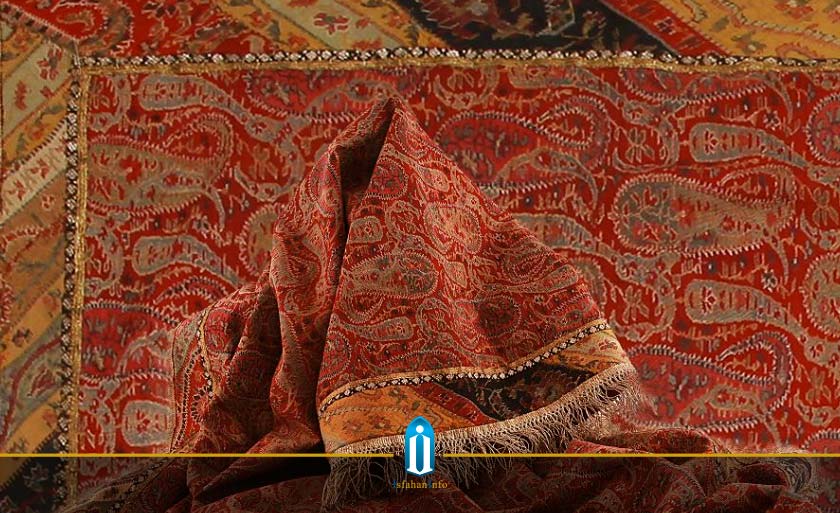
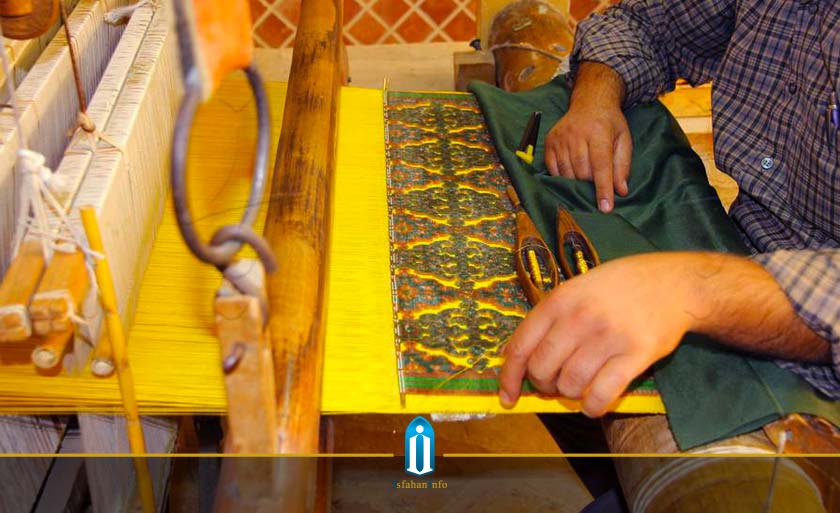

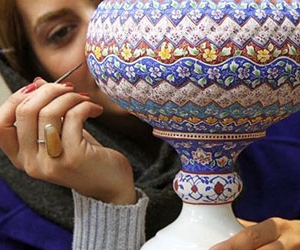
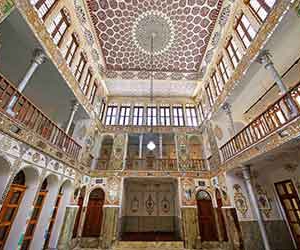
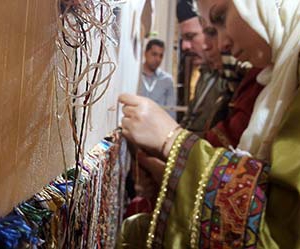



Leave a Reply
Want to join the discussion?Feel free to contribute!